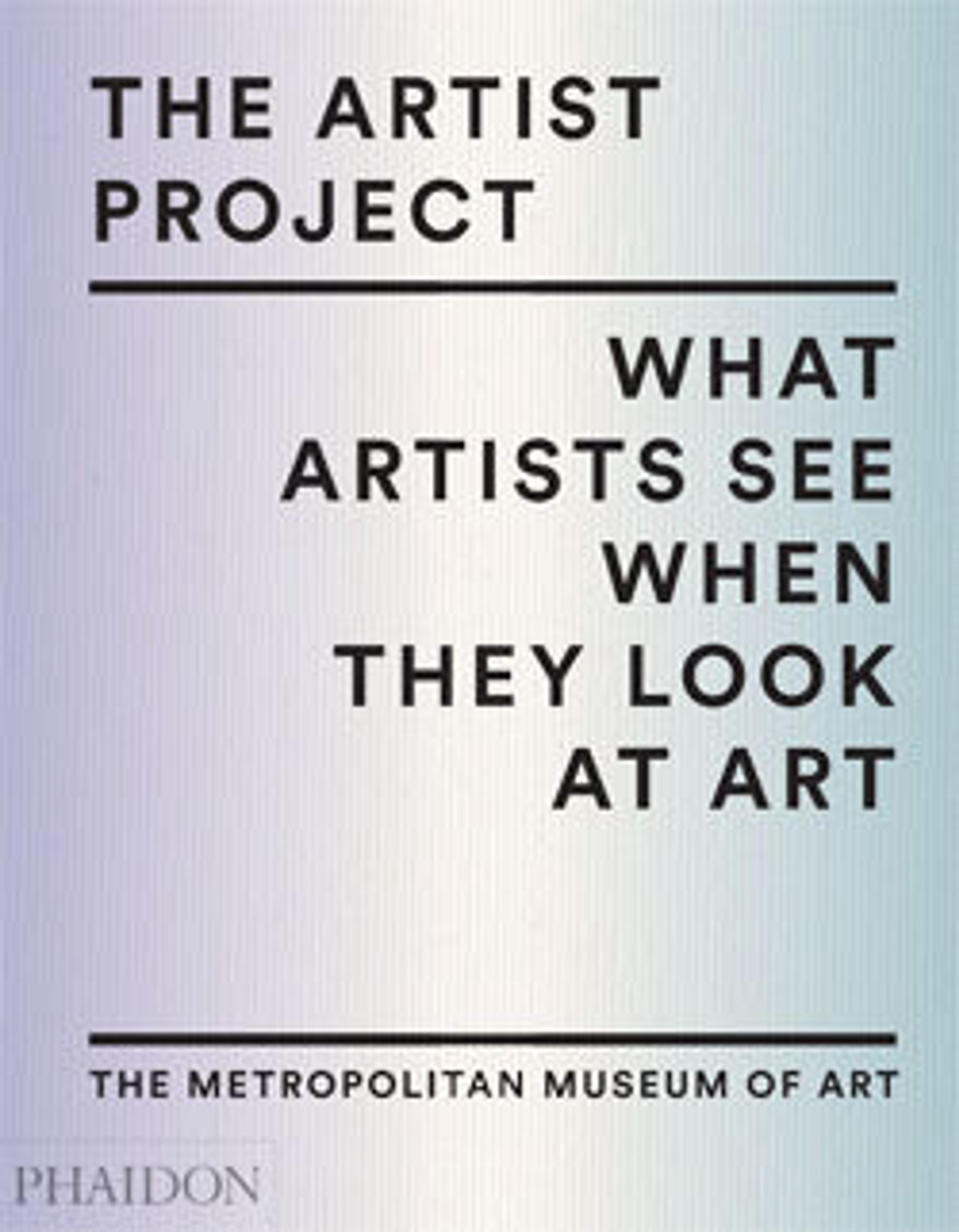Portrait of a Young Man
Carefully groomed and clad in black, the arresting young man in this painting was likely a member of one of the noble or humanistic families who patronized Jacometto. His distinctive hairstyle—a zazzera—was fashionable in Venice in the 1480s and 90s. Jacometto’s known works are almost all portraits, including his miniatures, for which he was famous. His body of work remained largely unidentified well into the twentieth century. Some paintings, including this one, had been mistakenly attributed to the Sicilian painter Antonello da Messina, who traveled to Venice in 1475–76 and had a profound influence on Jacometto’s style.
Artwork Details
- Title:Portrait of a Young Man
- Artist:Jacometto (Jacometto Veneziano) (Italian, active Venice by ca. 1472–died before 1498)
- Date:1480s
- Medium:Oil on wood
- Dimensions:11 x 8 1/4 in. (27.9 x 21 cm)
- Classification:Paintings
- Credit Line:The Jules Bache Collection, 1949
- Object Number:49.7.3
- Curatorial Department: European Paintings
More Artwork
Research Resources
The Met provides unparalleled resources for research and welcomes an international community of students and scholars. The Met's Open Access API is where creators and researchers can connect to the The Met collection. Open Access data and public domain images are available for unrestricted commercial and noncommercial use without permission or fee.
To request images under copyright and other restrictions, please use this Image Request form.
Feedback
We continue to research and examine historical and cultural context for objects in The Met collection. If you have comments or questions about this object record, please contact us using the form below. The Museum looks forward to receiving your comments.
